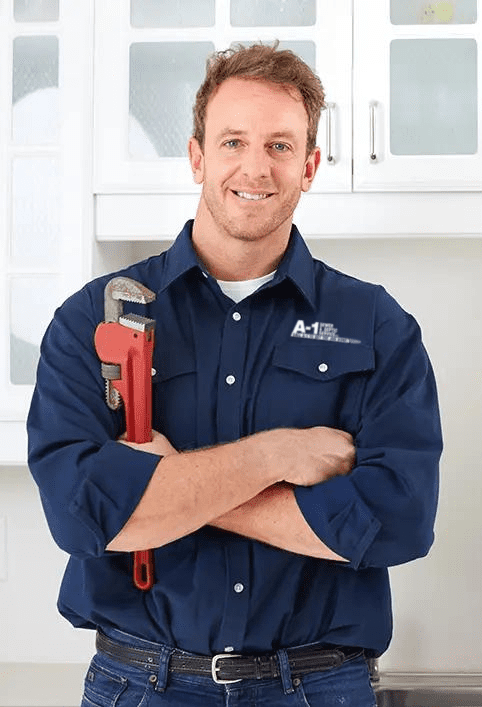When an electric water heater is hard at work, the last thing you need is for it to give out, especially in the midst of frigid temperatures. If you have an electric water heater, then it is vital to know that over time, mineral and lime buildup can accumulate on the electric elements of the heater, slowing the heater down, or causing it to overheat and short-circuit. If your heater’s electric elements need cleaning, then here is what to do:
Turn Off the Power
First of all, you need to turn off the water heater’s power. Then you will have to turn off the cold water valve at the top of the heater. Place a garden hose over the drain valve at the bottom of the heater, and open the drain valve. You can get your water heater’s tank emptied that much faster if you turn on a hot-water faucet in the house.
Disconnect the Wires
Once you have an empty water heater, you can take a screwdriver to take off however many access panels there are and disconnect any of the electrical wires powering them (you might have to remove a section of insulation first). These access panels are usually bolted on, or there is a threaded base directly screwed into the heater.
Clean Away!
Then when you are able to get to the electrical elements, you can clean them with a scouring pad and a solution of vinegar (or sodium carbonate) and water. The solution should be 2 tablespoons of vinegar (or sodium carbonate) mixed with 1 quart of hot water. If you find a corroded electrical element, it is time to get a replacement. You can take your current element to find its replacement at the hardware store. If you are getting cooler water in general, hot water that quickly runs out, or infrequently, then these could be symptoms of a corroding electrical element.
Put it All Back Together
When you have a cleaned and working water heater, it is time to put everything back. You can reconnect all the wires you removed and fill up the water heater again. This means closing the drain valve and turning the cold-water valve back on, but you want to also turn on the hot water faucet that is located the farthest away from the water heater. In this way, you can let out the air. You want to hold off on reattaching the access panels until you can watch the elements for any leaks. If you are good to go, then the access panels can go back on, and you can replace any insulation that had to be taken out. Then the power can be restored to the water heater, and you can enjoy an efficient water heater throughout the winter.
As a note, if you have hard water, this is going to be perpetual bad news for an electric water heater. You will have to perform the above steps as a regular part of maintenance. It may be worth your while to get a water softener.
Contact Our Team!
If you experience problems with your water heater that you cannot diagnose or fix, do not hesitate to contact our team. Whatever trouble you encounter with your home plumbing, you can find the expert plumbing technician you need at A-1 Sewer & Septic Service, Inc. We can respond quickly and efficiently to any emergencies that occur on the weekend or in the evening. Whenever you face a burst pipe, a leak, or a water heater that needs to be replaced, you can find the reliable service you need from a Kansas City plumber when you contact our office. Get a quote today.



